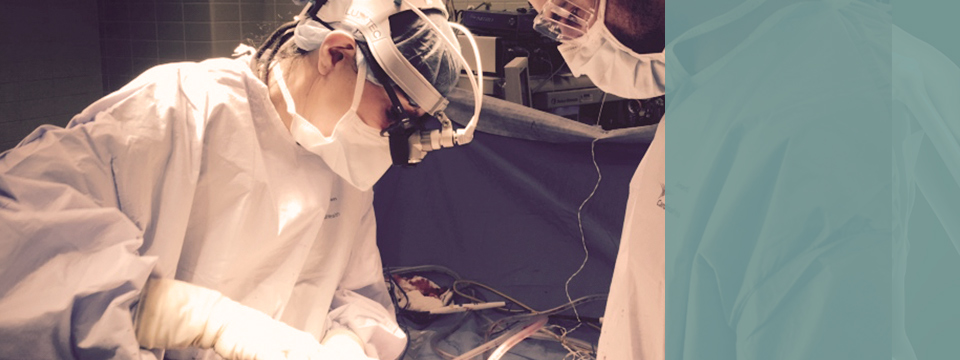Dr. Waguespack is experienced at treating all cervical, thoracic, lumbar, and sacral spine problems and disorders, including back and neck pain; adult scoliosis; sacroiliac (SI) joint disorders (arthritis, instability, trauma); spinal stenosis (pinched nerve); herniated disc(s) in the lumbar and/or cervical spine; degenerative disc disease; kyphosis (postural disorders); radiculopathy; sciatica; spondylolisthesis; osteoporotic compression fractures; spinal infections, cancer, and leukemia; tumors of the spine; and spinal fractures due to accident or injury.
As a board-certified spine specialist, Dr. Waguespack can accurately diagnose the underlying cause of pain as the first step toward pain relief.
Arthritis
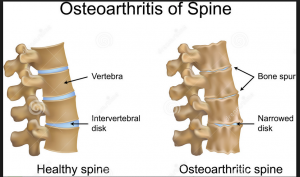
Arthritis (or Osteoarthritis) of the spine is a breakdown of the cartilage of the joints and discs in the neck and lower back, which can sometimes produces bone spurs that put pressure on the nerves in the spinal column. This may cause weakness and pain in the arms or legs.
Osteoarthritis generally occurs as people age, although younger people may get arthritis as a result of trauma or injury to the joint. Athletes and people with jobs that require repetitive heavy motion have been found to be at greater risk of developing spinal arthritis.
Osteoarthritis of the spine may cause stiffness or pain in the neck or back. It may also cause weakness or numbness in the legs or arms. Usually, the back discomfort is relieved when the person is lying down. The severity of the condition varies from person to person.
Cervical Stenosis and Myelopathy
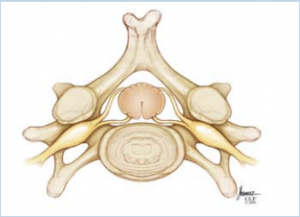
The cervical spine (neck) is made up of a series of connected bones called vertebrae. The bones protect the spinal canal that runs through the vertebrae and carries the spinal cord. Numerous connections (discs, joints, ligaments and muscles) between the cervical vertebrae provide support, stability, and allow motion.
With age, intervertebral discs become less spongy and lose water content. This can lead to reduced disc height and bulging of the hardened disc into the spinal canal. The bones and ligaments of the spinal joints thicken and enlarge, also pushing into the spinal canal. These changes are common after age 50 and are generally referred to as cervical stenosis.
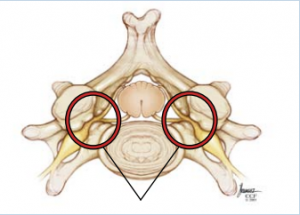
Cervical stenosis causes narrowing of the spinal canal and can pinch the spinal cord and nerve roots. Spinal cord or nerve function may be affected, causing symptoms of cervical radiculopathy or myelopathy. (Cervical stenosis is the name for the actual narrowing of the canal, while cervical myelopathy indicates injury to the spinal cord and its function.)
Compression Fractures
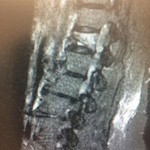
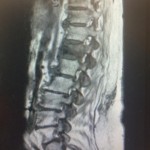
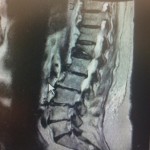
Compression fractures of the back refer to broken vertebrae, which are the bones of the spine. Compression fractures may occur suddenly and may cause severe pain, most commonly in the middle or lower parts of the spine.
Compression fractures can also occur gradually due to osteoporosis. These are often discovered when x-rays of the spine are done for other reasons. People with osteoporotic compression fractures may experience back pain that starts slowly, which worsens with walking, and is relieved at rest; loss of height; and stooped-over posture, or kyphosis.
Leg Pain
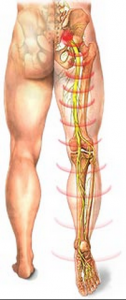 Many spinal conditions may cause leg pain, foot pain, and other lower extremity symptoms. Some types of leg pain are actually caused by lower back conditions (i.e., Herniated Disc, Spinal Stenosis, or Spondylolisthesis) that irritate the nearby nerve, carrying symptoms from the sciatic nerve down the back of the leg and even into the foot. The term “Sciatica” describes symptoms of leg pain and possible numbness, tingling, and weakness that stems from the lower back along the sciatic nerve. With sciatica, the person may feel no back pain, but suffer from severe leg pain.
Many spinal conditions may cause leg pain, foot pain, and other lower extremity symptoms. Some types of leg pain are actually caused by lower back conditions (i.e., Herniated Disc, Spinal Stenosis, or Spondylolisthesis) that irritate the nearby nerve, carrying symptoms from the sciatic nerve down the back of the leg and even into the foot. The term “Sciatica” describes symptoms of leg pain and possible numbness, tingling, and weakness that stems from the lower back along the sciatic nerve. With sciatica, the person may feel no back pain, but suffer from severe leg pain.
Lumbar disc degeneration, herniation, and stenosis may all cause “referred pain” in the leg.
Lower Back Pain
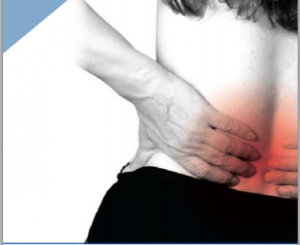 Over 80% of the population will suffer from lower back pain during their lives. Most cases of lower back pain can be linked to a general cause—such as muscle strain, injury, or overuse—or can be attributed to a specific condition of the spine, most commonly, herniated disc, degenerative disc disease, spondylolisthesis, spinal stenosis, and osteoarthritis.
Over 80% of the population will suffer from lower back pain during their lives. Most cases of lower back pain can be linked to a general cause—such as muscle strain, injury, or overuse—or can be attributed to a specific condition of the spine, most commonly, herniated disc, degenerative disc disease, spondylolisthesis, spinal stenosis, and osteoarthritis.
Low back pain is considered to be chronic if it has been present for longer than three months. Chronic low back pain may originate from an injury, disease, or stresses on different structures of the body. The type of pain may vary greatly and may be felt as bone pain, nerve pain, or muscle pain. The sensation of pain may also vary. For instance, pain may be aching, burning, stabbing or tingling, sharp or dull, and well defined or vague. The intensity may range from mild to severe.
Many times, the source of the pain is not known or cannot be clearly defined. In some instances, the condition or injury that triggered the pain may be completely healed and undetectable, but the pain may still continue.
Lumbar Spinal Stenosis
The vertebrae are the bones that make up the lumbar spine (low back). The spinal canal runs through the vertebrae and contains the nerves supplying sensation and strength to the legs. Between the vertebrae are the intervertebral discs and the spinal facet joints.
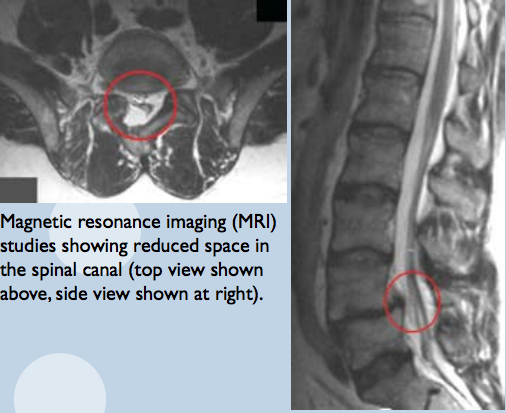
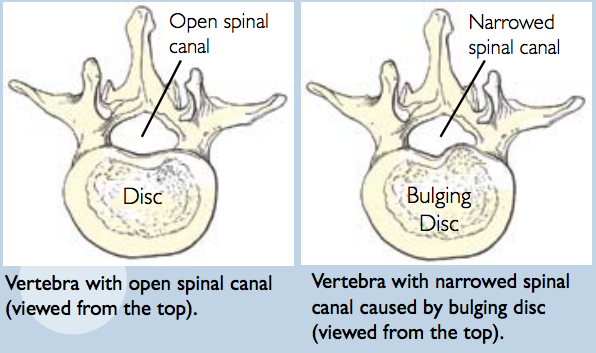
The discs become less spongy and less fluid-filled with age. This can result in reduced disc height and bulging of the hardened disc into the spinal canal. Arthritis can cause the bones and ligaments of the spinal facet joints to thicken and enlarge, and push into the spinal canal. These changes cause narrowing of the lumbar spinal canal and the exiting nerves, which is known as spinal stenosis.
Spinal stenosis does not necessarily cause symptoms. Many people can have significant stenosis on imaging studies but fail to have symptoms.
Pregnancy-Related Back Pain
Pregnancy can create strain on a woman’s body, increasing pressure on the spine, feet, and legs, and sometimes resulting in pain in the lower back. Weight gain, a change in the center of gravity, and hormonal surges can all cause problems in the spine.
Radiculopathy
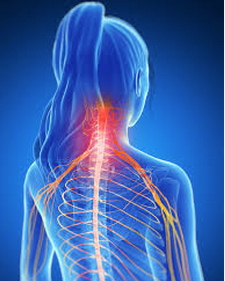 Radiculopathy refers to pain and neurological symptoms resulting from any type of condition that irritates a nerve in the spine. Radiculopathy can be caused by irritation in the neck (cervical spine) or the lower back (lumbar).
Radiculopathy refers to pain and neurological symptoms resulting from any type of condition that irritates a nerve in the spine. Radiculopathy can be caused by irritation in the neck (cervical spine) or the lower back (lumbar).
Spinal Cancer and Leukemia
Spine tumors may arise from any of the structures of the spine or the spinal column. They may arise in the cervical (neck), thoracic (mid-back) or lumbosacral (low back) regions. They may originate in the spinal cord itself, the spinal roots, the dural sac (which surrounds the spinal cord), or the vertebrae (bones). They may be primary—originating from the spine or spinal cord or metastatic, originating elsewhere (i.e., lung, breast, etc.).
Any person with cancer elsewhere in the body should be evaluated immediately if they experience any new complaint of back pain or neurological deficit to determine if the cancer has spread to the spine.
Spinal Infection
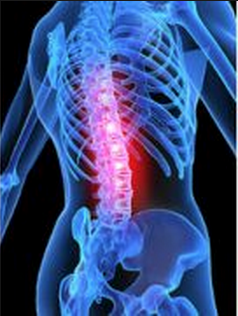 The vertebral column (bones), the intervertebral discs, the dural sac (the covering around the spinal cord), or the space around the spinal cord may become infected by bacteria or fungal organisms.
The vertebral column (bones), the intervertebral discs, the dural sac (the covering around the spinal cord), or the space around the spinal cord may become infected by bacteria or fungal organisms.
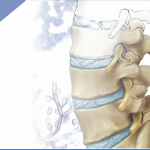 Spinal infections may occur following surgery or spontaneously in patients with certain risk factors, including poor nutrition, immune suppression, human immunodeficiency virus (HIV) infection, cancer, diabetes, and obesity.
Spinal infections may occur following surgery or spontaneously in patients with certain risk factors, including poor nutrition, immune suppression, human immunodeficiency virus (HIV) infection, cancer, diabetes, and obesity.
Symptoms of a spinal infection may include fever, chills, headache, neck stiffness, persistent lower pack pain, wound redness and tenderness, and wound drainage. In some cases, there may be new weakness, numbness or tingling sensations in the arms and/or legs.
Spine Injuries (Sports and Motor Vehicle Accidents)
Accident or injury to the spine may affect only the spinal column, or both the spinal cord and nerve roots may be affected.
Back injuries can occur in anyone who participates in sports. Sports-related spine injuries among adult athletes can include stingers, muscular strains, ligament sprains, spondylolysis, spondylolisthesis, Scheuermann’s disease, or other disc injury. Most athletic injuries to the back are sprains of the ligaments or strains of the muscles. However, more serious conditions can have symptoms similar to a routine sprain or strain. Some injuries occur after repetitive overuse of the structures of the spine.
Muscular Strains and Ligament Sprains are the most common injuries that cause back pain in an athlete. They can be caused by athletic overuse, improper body mechanics and technique, lack of proper conditioning, insufficient stretching, as well as trauma. Symptoms may include back pain with activity and are relieved with rest.
Whiplash is most commonly caused by a motor vehicle accident. The main symptom is neck pain; other symptoms may be associated.
Spine Trauma
Spinal cord trauma refers to any damage to the spinal cord resulting either from direct injury to the cord (such as assault, falls, gunshot wounds, industrial accidents, motor vehicle accidents, and sports injuries) or indirectly from disease of the surrounding bones, tissues, or blood vessels.
The spinal cord contains the nerves that carry messages between your brain and body. The spinal cord passes through your neck and back. A minor injury can damage the spinal cord if the spine is weakened, such as from rheumatoid arthritis or osteoporosis. Injury can also occur if the spinal canal protecting the spinal cord has become too narrow (spinal stenosis) due to the normal aging process.
Tumors of the Spine
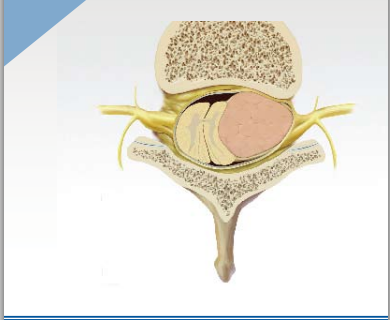 Spine tumors may arise from any of the structures of the spine or the spinal column. They may arise in the cervical (neck), thoracic (mid-back) or lumbosacral (low back) regions. They may originate in the spinal cord itself, the spinal roots, the dural sac (which surrounds the spinal cord) or the vertebrae (bones). They may be primary—originating from the spine or spinal cord—or metastatic, originating elsewhere (i.e., lung, breast, etc.).
Spine tumors may arise from any of the structures of the spine or the spinal column. They may arise in the cervical (neck), thoracic (mid-back) or lumbosacral (low back) regions. They may originate in the spinal cord itself, the spinal roots, the dural sac (which surrounds the spinal cord) or the vertebrae (bones). They may be primary—originating from the spine or spinal cord—or metastatic, originating elsewhere (i.e., lung, breast, etc.).
Symptoms vary depending on the level of involvement. Neck or back pain are common symptoms of spinal cord tumors. The pain is often present at night and worsens with physical activity. Cervical (neck) tumors may cause weakness or numbness in the arms or legs. Thoracic (mid-back) and lumbosacral (low-back) tumors may cause weakness or numbness in the chest area or legs and difficulty walking.
Upper Back Pain
Because the upper back and thoracic spine areas of the spinal column have a great deal of stability and limited movement, upper back pain is far less common than low back pain. However, upper back pain can cause significant discomfort, often due to muscular irritation (myofascial pain), joint dysfunction, and degenerative or herniated disc(s).
